
Brakes in a drag race car are incredibly important. Stopping your race should be top priority, but staging it with ease is another. This guide to drag race brakes will help identify the components, and assist you with choosing the right parts for YOUR setup.
Brake Rotors
There are a number of different rotors (race and otherwise) in production today. For most common applications, two or three different types see regular use: Solid steel and iron rotors are the most common, with more exotic carbon rotors coming in third. (Occasionally, you’ll find vented steel rotors in certain applications, but we’re not going to look at those). So which one is best? That depends upon your project and your pocket book.
As mentioned above, solid rotors can be manufactured from steel or gray cast iron. Both have their merits, but in the end, a rotor must have good wear and friction properties. It also must be rigid and have sufficient strength at high temperatures. Rotors are measure by the outside diameter as well as the total thickness across the pair of contact surfaces. Obviously, a vented rotor will always be thicker and in most cases, far heavier than a solid example. In terms of diameter, the rotor is always limited by the size of the wheel (this is important in most drag race applications, since the vast majority of wheels are constructed with a fifteen inch diameter).
How important is the size of the rotor? Very. The swept area of the brake eventually determines the stopping capability. Swept area is the total area contacted by both the inner and outer pads as the rotor makes one complete revolution. As you can see, if the rotor (and pads) is made larger, then the swept area increases. Remember, wheel size is definitely the limiting factor.
When you examine some rotors (such as the Mark Williams Enterprises pieces shown in the accompanying photos), you’ll see that the steel rotors have been machined with grooves or slots on the contact surface. The purpose of these slots is to eliminate dust buildup between the pad and the rotor. In an oval track or road race application, slots are often used to eliminate gas buildup between the rotor and the brake pad (which might cause brake fade), but this is seldom an issue in a drag race application, or even in a street car application for that matter. The slots or grooves simply provide an escape route for the dust particles. What about drilling holes in the rotor instead of machining slots? Like rotor materials, drilling has merits and pitfalls. First and foremost is the fact that different rotors respond differently to drilling. Solid cast iron rotors are very prone to cracking, and because of this, they should not be drilled. Steel rotors, on the other hand, can be successfully drilled with no side effects (provided the “drilling” process is handled by someone who knows what they’re doing). While it’s not unusual to find drilled solid rotors, you may have read reports where drilled rotors crack between lightening holes (typically cast iron rotors). The one thing you should remember is that cracking is almost always experienced in applications where brakes are used constantly during the duration of the event (road racing is a good example). In the end, steel rotors manufactured from a suitable, properly heat treated alloy and properly lightened (with machined holes) by an experienced manufacturer are perfectly suitable for many applications.
Remember when we mentioned the cost of rotors? If cost is no object or if you race in a class where unsprung weight is absolutely critical then the need for a lighter, more “powerful” rotor becomes much more important. That’s where today’s carbon rotors enter the equation. Originally developed for heavy aircraft brakes, this rotor material first saw service in Formula One competition before being introduced to other forms of motorsports. The idea behind a carbon rotor is that it is extremely light in weight and extremely effective. As an example, the first Formula One tests saw rotor temperatures of almost 930° C (over 1700° F), with no brake component damage. Obviously, this type of rotor material will deliver superior stopping power.
According to Mark Williams, “Carbon/Carbon brakes do not suffer brake fade at elevated operating temperatures as with normal friction material. With Carbon/Carbon the friction coefficient actual increases as the temperature increases. Carbon/Carbon brakes are unique in the fact that both the disc (rotor) and the pad are made of the same material”. Mark points out something very important in the design of carbon rotors: “We use a square drive lug system which allows for the expansion of the aluminum mounting adapter”. Why is this so important? Simple. The heat dissipated by the carbon rotor can become so great that the aluminum mount can expand considerably (carbon shows very little expansion at elevated temperatures). The square drive “lugs” allow for this expansion that in turn allows the brake dimensions to remain stable under extreme heat conditions (more on this later).
Mark Williams also points out that Carbon/Carbon technology has changed dramatically over the past few years. Currently, M-W uses a laminated 2D carbon fiber knit Carbon/Carbon that is infinitely superior to the more common chopped fiber material that was so common several years ago.
How much different are the weights of various rotor configurations? You might be surprised. The following chart depicts the weight of various Mark Williams rotors (all with the same 11.75 inch diameter):
Description Weight
_____________________________________________________________
• .810-inch thick-vented rotor 8.05 pounds
• Steel with cleaning grooves 6.90 pounds
• Steel with lightening holes 6.10 pounds
• Carbon/Carbon 2.00 pounds
As you can see, the weight of the rotor can be reduced significantly by using exotic materials. By drilling the rotors, it is possible to remove almost a pound from each wheel. Keep in mind that the above rotors are all from Mark Williams. Other manufacturers will have different weights for their specific products.
So far so good. But what about hats, calipers and brake pads and other components? Hold on! We’ll look at those components in an upcoming segment of The Burnout. Meanwhile, check out the photos that follow:
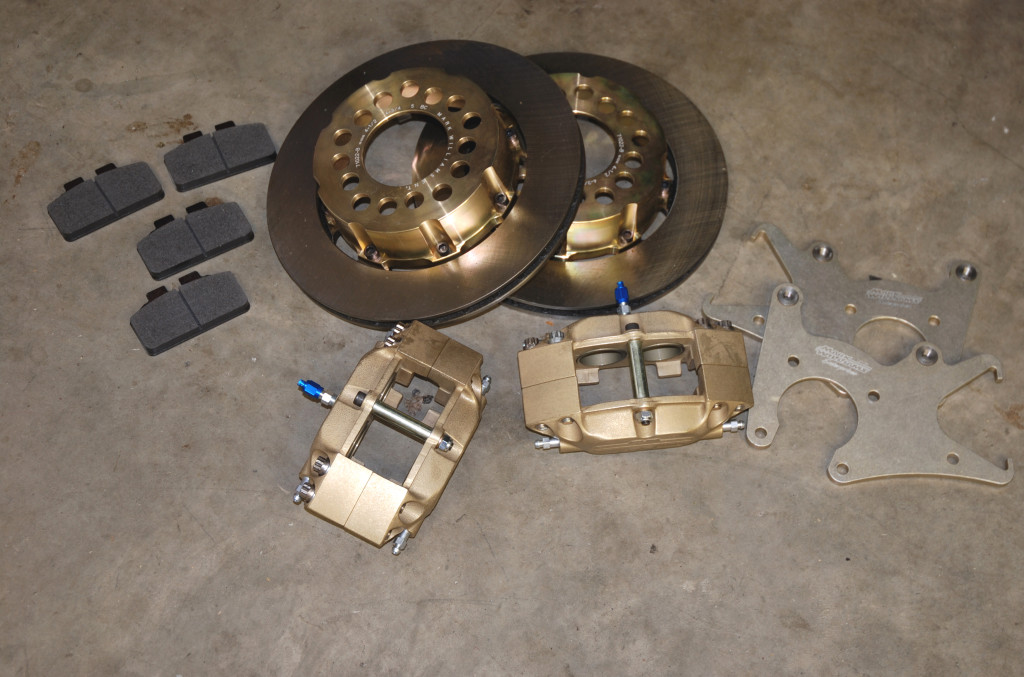
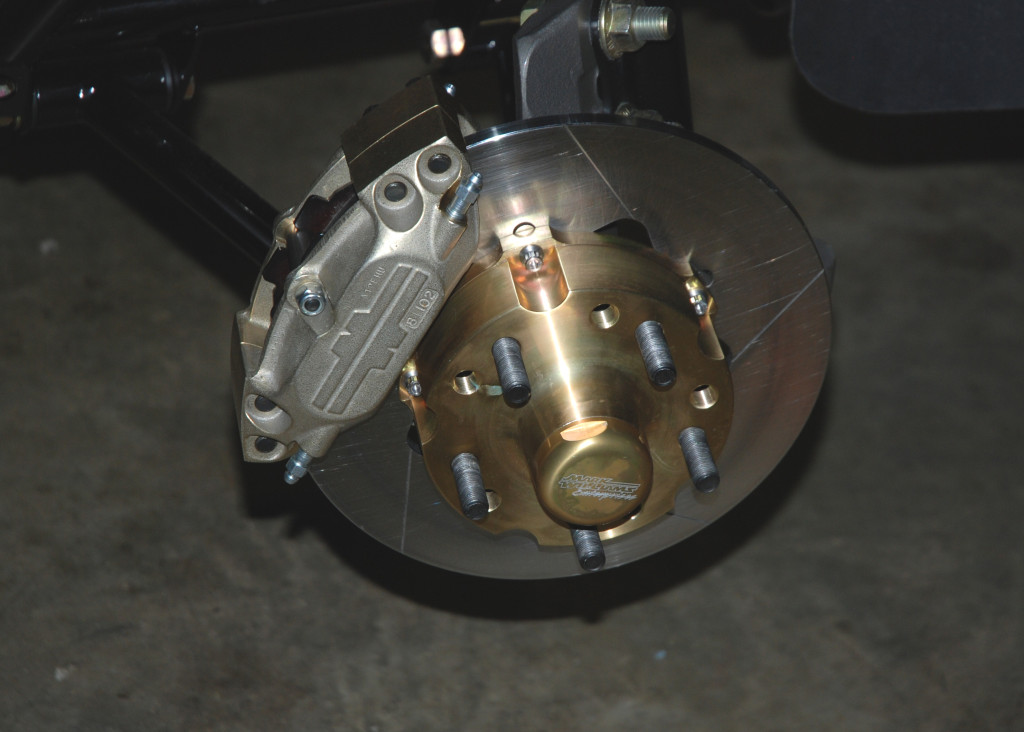
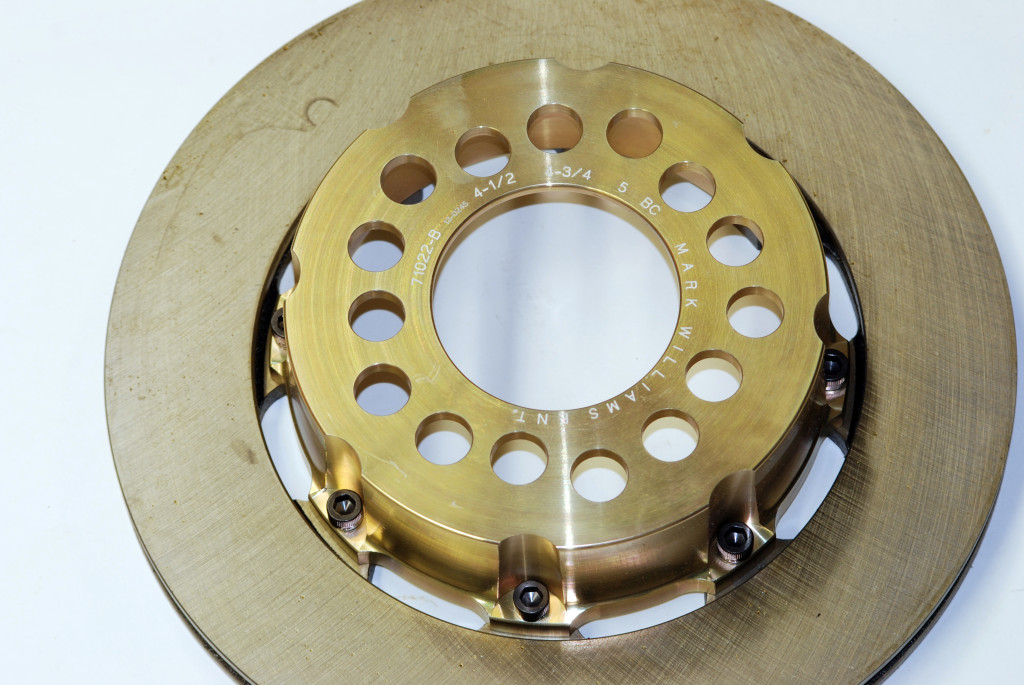
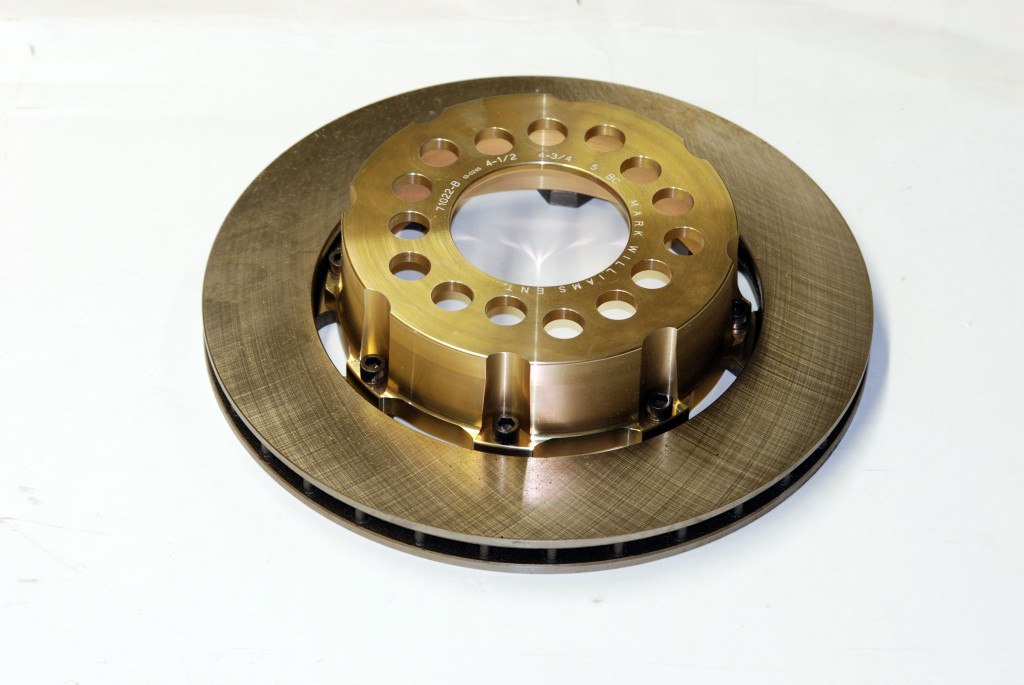
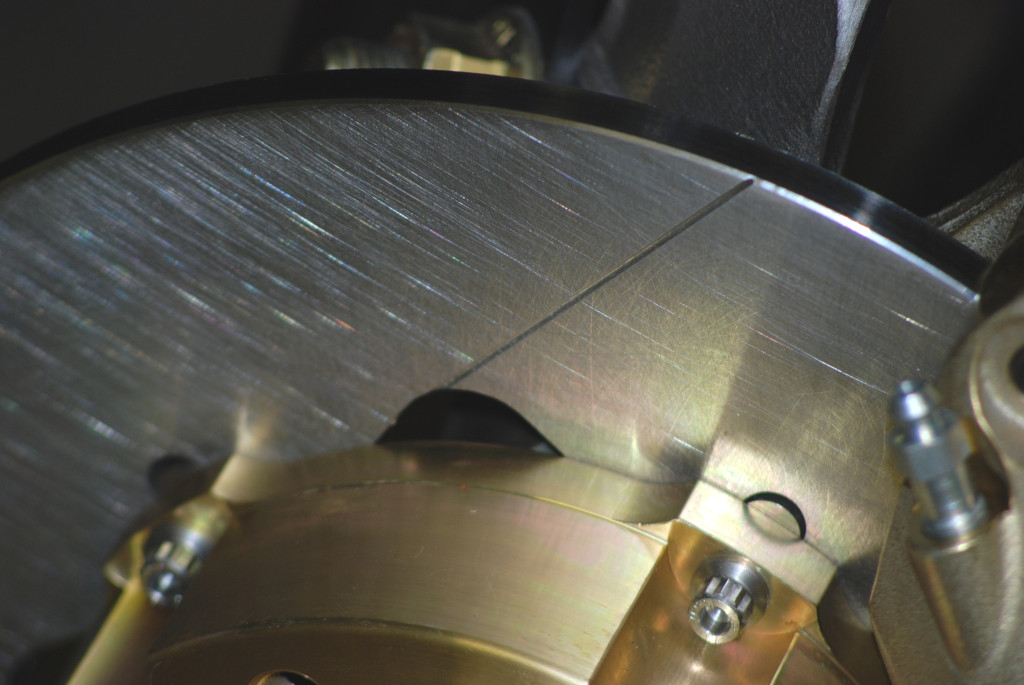
This series continues here: Part 2
—————————————————————————————————————————————
About the author: Wayne Scraba is a racecar junky. His background includes operation of his own speed shop, building racecars (some you might be familiar with, but we won’t get into it here), building hot rod street machines; he’s built custom motorcycles, restored muscle cars and played with off road bikes. Scraba has a sundry background in writing too: He’s toiled as a magazine Editor, a technical Editor, a free-lance magazine contributor and authored five automotive books. His byline (well over 4,500 articles worth) has appeared in well over sixty different high performance automotive, motorcycle and aviation magazines worldwide. Racecar junky? Most likely!
—————————————————————————————————————————————


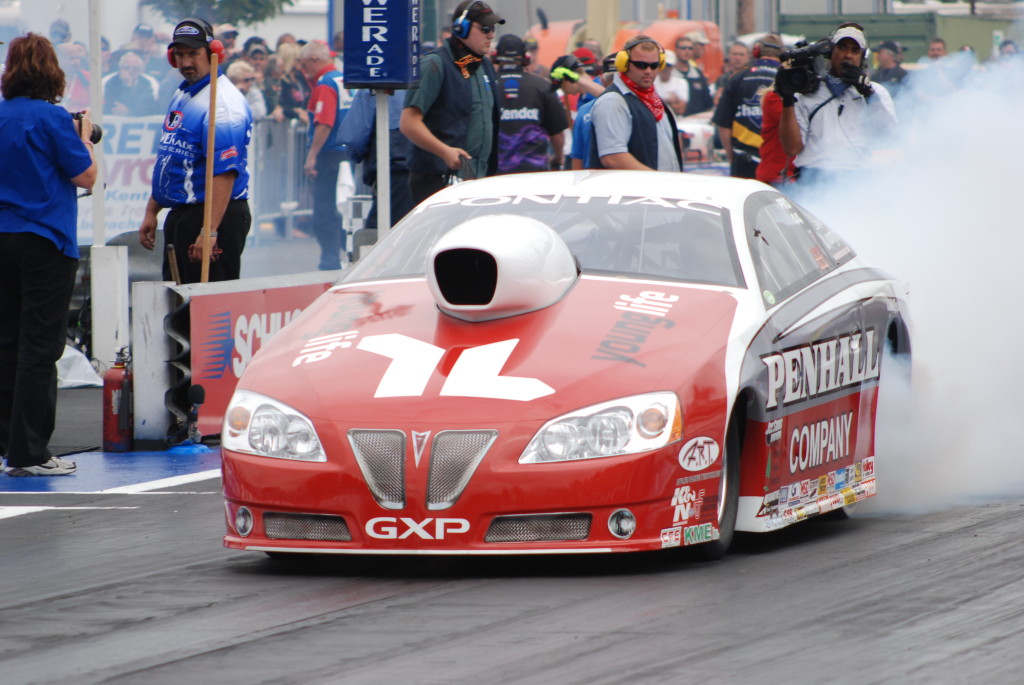
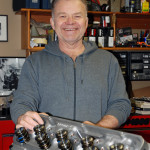
Leave a Reply